By Emily Seitz (The Cascade) – Email
Print Edition: September 18, 2013

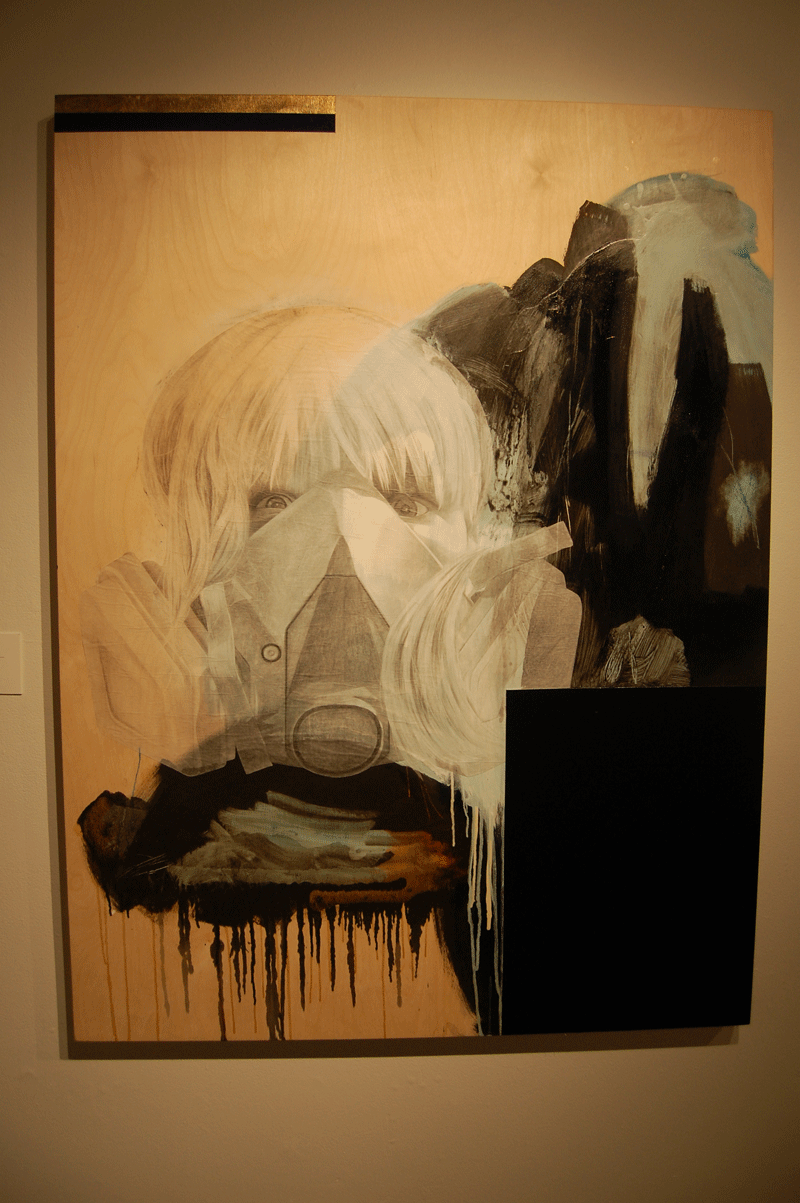
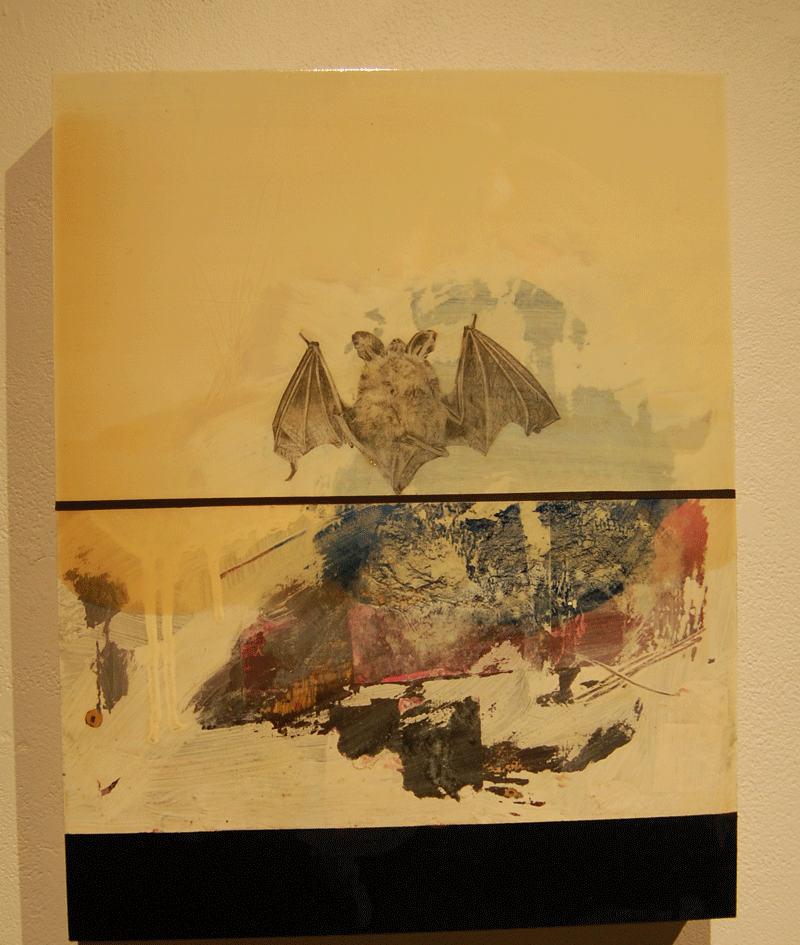
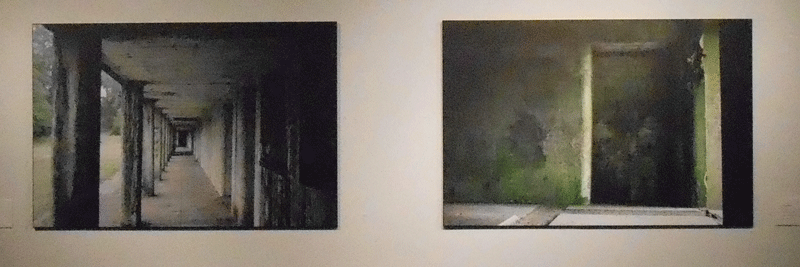
UFV alumna and fine arts advisor Paula Funk is showcasing her Natural History collection in the Visual Arts Gallery (B136) from September 9 to 20. It is a collection of various art forms, from photography to mixed media. On September 12, she hosted a reception in the gallery.
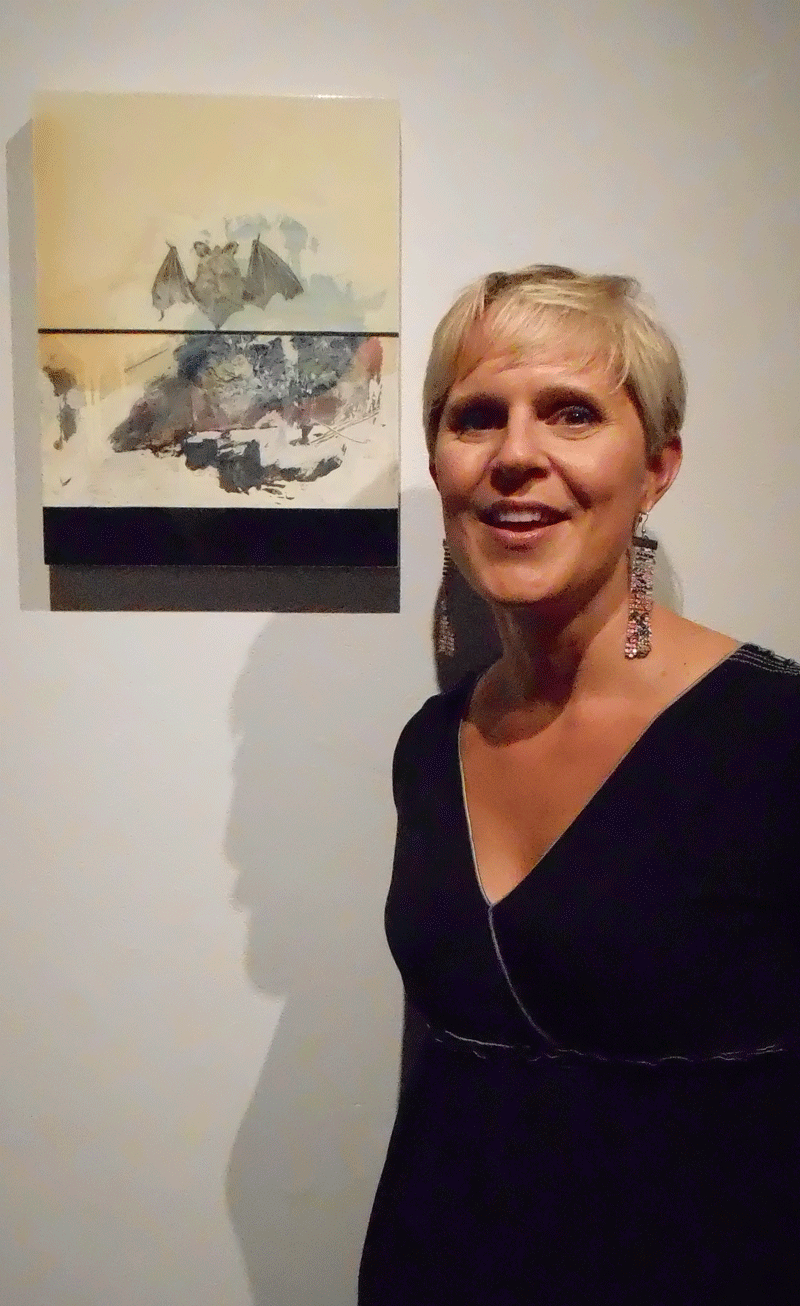
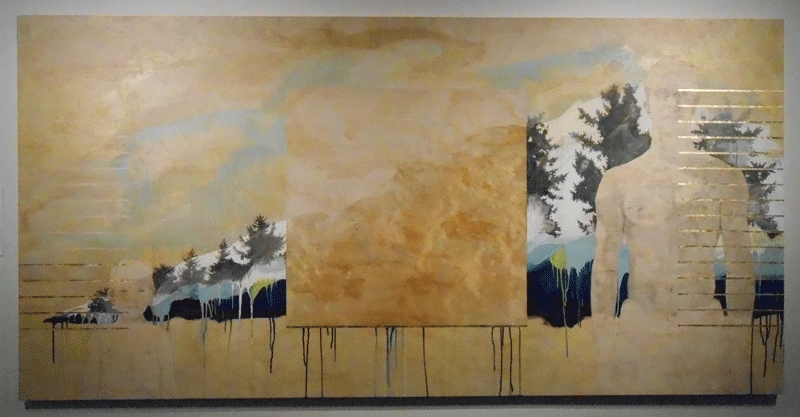

Are you excited about the reception tonight?
I’m very excited. This is a great achievement for me. I’ve never had a solo show and it’s a really nice milestone in my development as an artist.
What made you decide to focus on natural history?
When I was thinking about making a show, I really wanted it to have a strong theme. When I looked at the work I was making at the time and some of the projects that I had in mind, I suddenly started seeing that thread that went through them. People, the natural world, and how the relationships between the two shifted over time with the generations.
A lot of your artwork features wood in some element. Was that a specific choice you made?
Yes. I really like working on wood, especially with the mixed media pieces. I love the tactile sensibility about it; I love the visual that the grain gives. Again, when I was thinking of the show and the threads that I saw in some of my work, I decided actively to move in that direction because I think wood provides that reminder of the natural world and is a natural element.
Are Generalizations and Assumptions both photographs?
Yes, they’re both photographs. They were taken at Battery Russell on the coast of Oregon and I think it’s interesting that these two exemplify the flip side of the conversation going on in the other pieces, where these are looking at how the natural world—the mosses and algae—are inflicting themselves on the man-made habitat, where the other pieces are talking about how people are interacting or imposing themselves on the natural world with different results.
And this mixed media piece here, the Residential Sample?
I’ve never really worked in landscape before, so this is my own approach to landscape and maybe a little bit tongue-and-cheek because I used my neighbour’s landscaping as the subject for my landscape painting. So, I think my consideration here is around how people really seem to have an urge to interact with the natural world and even if they live in a tiny room or an apartment you almost always see some kind of attempt to grow something or to nurture some part of the natural world. Landscaping is just a way we do that in a suburban approach.
And this piece, Waldeinsamkeit, shows a 10-year difference in your son?
Yes, that’s my son. He’s five years old on this side and 16 on that side. It came about as I starting thinking about my childhood and the way I spent my time really in very close contact with nature and not in supervised constructs: in the natural world, in the woods, in the forest, either with friends or on my own. And as I’ve raised my own children, I’ve seen that there’s a huge shift in how we allow our children to interact with the natural world; how much unsupervised distance we allow between ourselves and our children and just their own connection to the land or to the forest, and it’s a little bit of a grief piece on my part to see that that has shifted so much for successive generations.
This piece over here, Respire, is…?
So this is my daughter now. I think it’s really just a little bit of a contemplation. It’s pretty straight up about air quality and what kind of legacy are we leaving our future generations in terms of just very basic environmental concerns.
And what is this sheer part with the mask?
The wood and the paint are done separately and there was a drawn deco kind of thing on tracing paper and it’s gone over top. You get a little hint of what’s underneath. And this part over here, [pointing to the bottom] which I love, is serendipitous; I was playing with paints and layers and I had the blue and the orange down and put the brown over top and it just wasn’t quite working, so I went to get it off and I just wiped it and it looked like a lake and that started to really direct the piece. It became environmental because of the chance mark making that happen that I hadn’t even planned. I could never do it again. This kind of expressionist mark-making can be like that; it’s really chancy and I find that actually the hardest part of the piece is doing that. The really detailed pencil drawing isn’t challenging, really. It’s just a series of motions that have to be done in a really technical manner, but the paint behind it, to have it really tell the kind of story I want it to tell, for the marks to feel fresh and balanced and meaningful is the most anxiety producing about the whole thing.
Is Savary a textile piece?
Yes, this is a kind of embroidery and I give my dad credit for the woodwork – he did the woodwork for me, but I envisioned the piece and described the wood and he put it together. This, again, is something about interaction with the land and as we become more screen-centric and indoor-focused and stop interaction with land I think we do lose something. I’ve been really fortunate to develop a relationship with a specific piece of land over the last ten or thirteen years, Savary Island, up Desolation Sound off the coast, and I’ve been going there repeatedly. So that’s what I’m trying to capture here; the way when we first become familiar with a place obviously we see it for what it is, but as we continue to visit that place, we see and feel with greater detail and the impact of that place on our own lives, our minds, our brain chemistry even becomes so much more pronounced. I think it’s really actually about relationship. The repetitive process stitching was, I think, was a nice complement to the repetitive process of revisiting a certain piece of land and allowing it to become something whole.
And the final piece, Study: Found Dead on the Path?
So, I actually did find a little bat and that’s its actual size. I found it on the path and it’s just an interesting kind of observation of mortality and nature, [and] human interception with nature.

